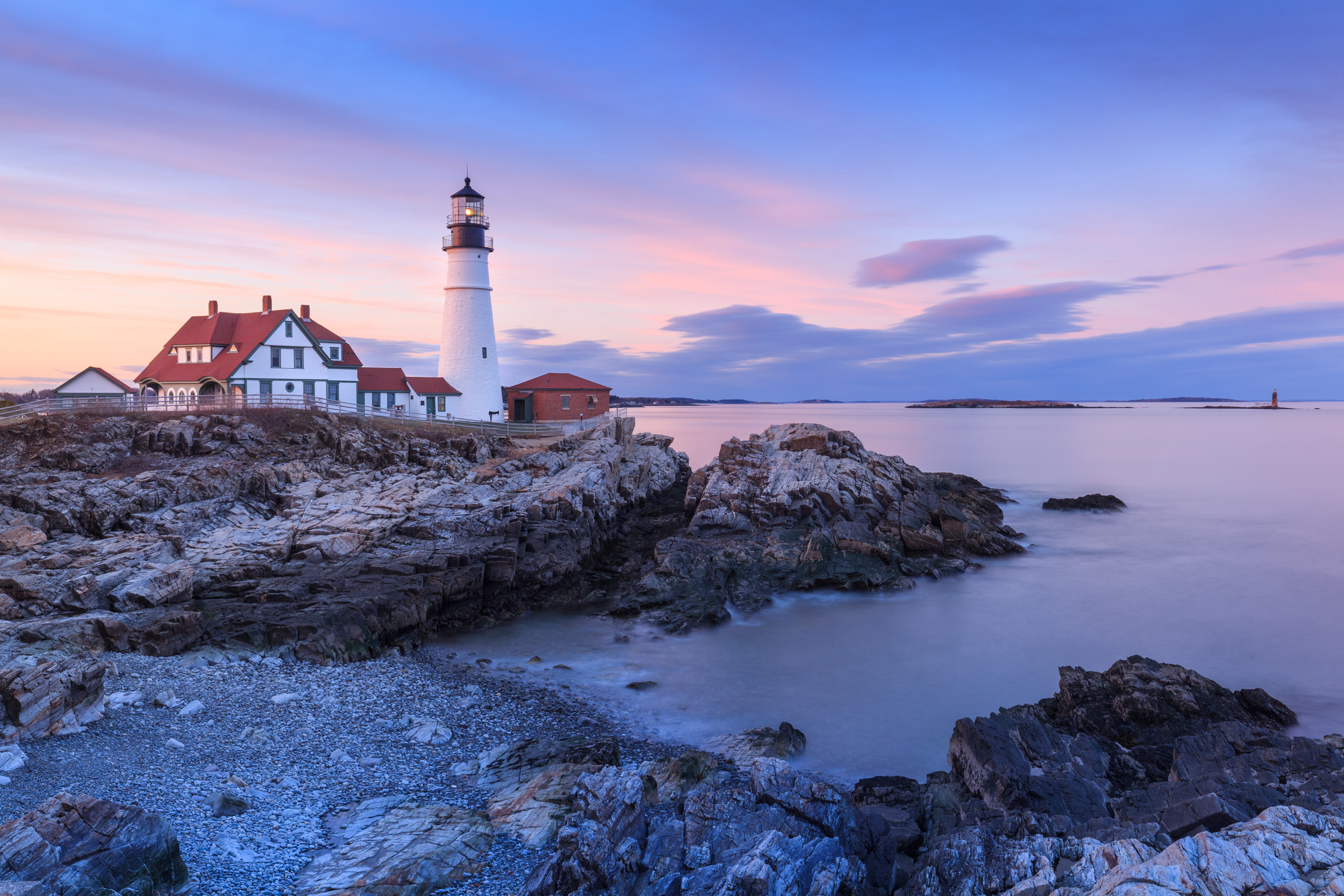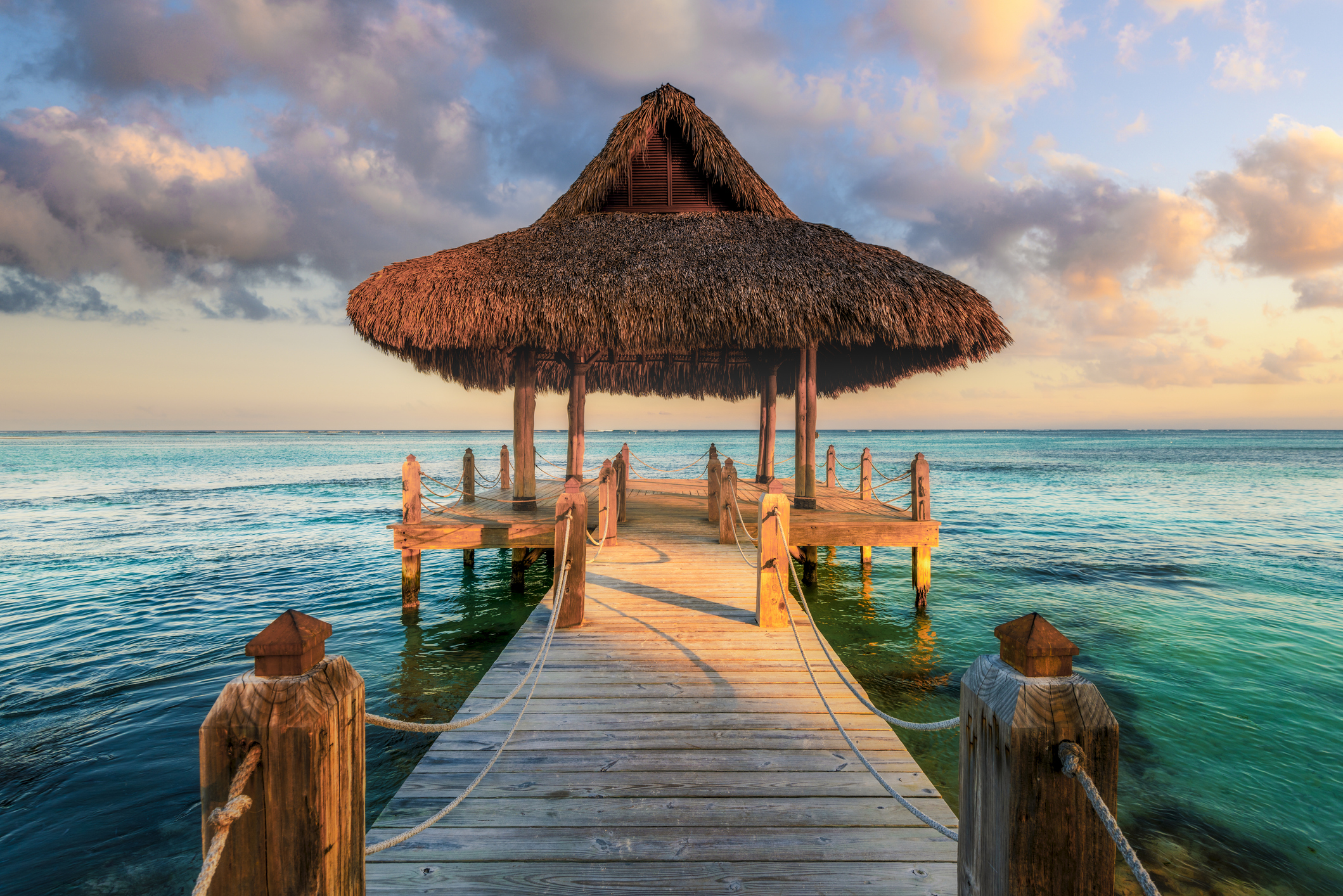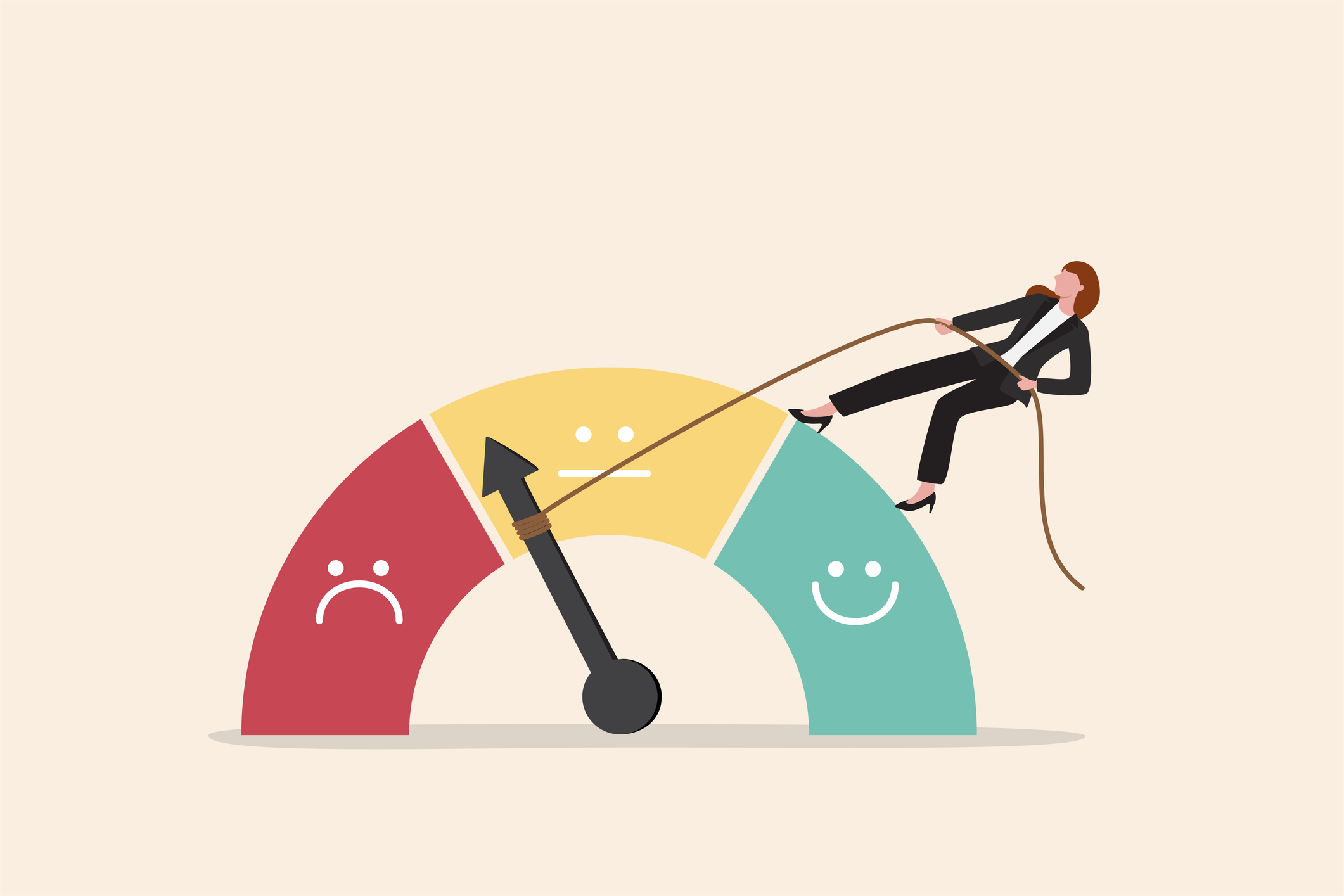10 Best Values in Liberal Arts Colleges, 2014
Liberal arts colleges focus on undergraduate education.

Liberal arts colleges focus on undergraduate education. They typically have smaller enrollments than universities and focus on bachelor’s degrees.
All the liberal arts colleges on our top-100 list represent Kiplinger’s definition of value -- a combination of academic quality and affordability.
These ten institutions stand above the rest for their academic excellence and generous financial aid. (Total annual cost includes tuition, fees, room and board.)

1. Washington and Lee University
- Location: Lexington, Va.
- Undergraduate enrollment: 1,838
- Total cost: $56,557
- Average need-based aid: $38,375
- Average net cost: $18,182
This is Washington and Lee’s first year as number one for best value, after appearing in the top ten for the last six years. The school attracts top students -- nearly half of incoming freshmen score 700 or higher on the verbal or math portion of the SAT -- and the eight-to-one student-faculty ratio means they enjoy ample face time with professors. The school’s “speaking tradition” dictates that students and faculty greet everyone they pass on campus. An honor code lets students proctor their own exams.
Washington and Lee’s generous need-based financial aid (up 7% from last year) gives it a rankings boost. Its non-need-based aid is generous as well, with an average $35,249 awarded to 13% of students who don’t qualify for need-based aid. And the relatively small 3.6% increase in total cost over last year (from $54,612 to $56,557) secured its first-place finish.

2. Pomona College
- Location: Claremont, Cal.
- Undergraduate enrollment: 1,607
- Total cost: $58,580
- Average need-based aid: $37,611
- Average net cost: $20,969
If you’re looking for an Ivy League-style school among the palm trees of Southern California, check out Pomona College. Our runner-up has alternated between first and second place in our rankings over the past five years, hitting number one most recently in 2011.
Credit Pomona’s consistent rankings success to its stellar academics. The 13% admissions rate is tied with Amherst for most competitive in our entire list of top 100 liberal arts colleges. And Pomona’s no-loan financial-aid policy keeps average debt for students who borrow to less than $16,000.

3. Swarthmore College
- Location: Swarthmore, Pa.
- Undergraduate enrollment: 1,552
- Total cost: $59,080
- Average need-based aid: $37,651
- Average net cost: $21,429
Last year’s number-one school dropped to third place this year. But that doesn’t mean this Pennsylvania college isn’t a first-rate value.
The campus offers green lawns and wooded walkways along with plenty of internship and networking opportunities in nearby Philadelphia. An eight-to-one student-faculty ratio gives Swarthmore students plenty of access to professors. Students who borrow leave Swarthmore with about $20,000 in average debt.

4. Williams College
- Location: Williamstown, Mass.
- Undergraduate enrollment: 2,052
- Total cost: $59,670
- Average need-based aid: $40,511
- Average net cost: $19,159
Up two places from last year, Williams College beats every other top ten college in several categories of academic quality.
Those measures include the lowest student-faculty ratio (seven-to-one) and the highest four-year graduation rate (tied with Bowdoin at 91%). Plus, graduates who borrowed have the lowest average debt of our top ten, just $12,749.

5. Amherst College
- Location: Amherst, Mass.
- Undergraduate enrollment: 1,817
- Total cost: $59,714
- Average need-based aid: $43,424
- Average net cost: $16,290
It’s tough to get into Amherst -- its 13% admit rate is tied with our second-place school for most competitive -- but the brainy few who gain admission are well looked after. A 98% freshman retention rate shows that most first-years stick around for a second year.

6. Bowdoin College
- Location: Brunswick, Maine
- Undergraduate enrollment: 1,839
- Total cost: $58,650
- Average need-based aid: $36,492
- Average net cost: $22,158
The winters may be cold at our sixth-place school. But most students stay with it for four years: 91% of Bowdoin Polar Bears graduate on time.
Competition for admission here is fierce. Bowdoin’s 16% admit rate means that only top students get in, and its yield (the percentage of accepted students who enroll) demonstrates its appeal: Almost half of admitted students decide to attend Bowdoin.

7. Middlebury College
- Location: Middlebury, Vermont
- Undergraduate enrollment: 2,516
- Total cost: $58,470
- Average need-based aid: $36,245
- Average net cost: $22,225
Sandwiched between the Green and Adirondack mountain ranges, Middlebury has the largest student body of our top ten schools, enrolling just over 2,500. Its January winter term gives students the opportunity to take an internship, study a single course intensively or study abroad for one month.
Middlebury’s $58,470 price tag is steep, but need-based aid makes a big dent in it for the 40% or so of students who qualify. Students who borrow graduate with $17,246 debt, on average.

8. Davidson College
- Location: Davidson, N.C.
- Undergraduate enrollment: 1,790
- Total cost: $55,683
- Average need-based aid: $29,064
- Average net cost: $26,619
About 20 miles north of Charlotte, N.C., Davidson has a competitive 25% admission rate. Nearly half of its students qualify for need-based aid. Unlike many top-tier schools, Davidson also awards non-need based aid: This year, 12% of students without need collected an average of almost $22,000.

9. Haverford College
- Location: Haverford, Pa.
- Undergraduate enrollment: 1,205
- Total cost: $60,430
- Average need-based aid: $39,702
- Average net cost: $20,728
Haverford’s Quaker roots show through its honor code and a decision-making process that values consensus, treating all voices equally.
The smallest of our top ten liberal arts colleges, Haverford also has the highest total cost of our top ten. It eases the tuition burden with substantial need-based aid, awarding students almost $40,000 this year, on average. Haverford has a strong graduation rate: 90% of students collect a diploma within four years. The average debt among students who borrow is about $14,000, significantly below the $27,000 national average.

10. Grinnell College
- Location: Grinnell, Iowa
- Undergraduate enrollment: 1,674
- Total cost: $54,554
- Average need-based aid: $32,984
- Average net cost: $21,570
As the sole Midwestern school in our top 10, Grinnell has a regional reputation as the premier college of choice for bright, motivated students. But its strong academics and affordability keep it competitive on a national stage, bringing in students from nearly every state and 60 countries.
Grinnell moved up seven spots this year, thanks to its admission rate, which moved from 50% to 36% (the lower the admit rate, the better). It also awards substantial merit aid -- nearly $14,000, on average -- to 44% of students who don’t qualify for need-based aid.

Profit and prosper with the best of Kiplinger's advice on investing, taxes, retirement, personal finance and much more. Delivered daily. Enter your email in the box and click Sign Me Up.
Susannah Snider worked as a research-reporter and staff writer at Kiplinger Personal Finance Magazine. She went on to serve as managing editor for money at U.S. News, overseeing articles and content covering real estate, personal finance and careers. She is a certified financial planner professional and earned her CFP marks in 2019.
-
 I'm want to give my 3 grandkids $5K each for Christmas.
I'm want to give my 3 grandkids $5K each for Christmas.You're comfortably retired and want to give your grandkids a big Christmas check, but their parents are worried they might spend it all. We ask the pros for help.
-
 If You're Not Doing Roth Conversions, You Need to Read This
If You're Not Doing Roth Conversions, You Need to Read ThisRoth conversions and other Roth strategies can be complex, but don't dismiss these tax planning tools outright. They could really work for you and your heirs.
-
 Could Traditional Retirement Expectations Be Killing Us?
Could Traditional Retirement Expectations Be Killing Us?A retirement psychologist makes the case: A fulfilling retirement begins with a blueprint for living, rather than simply the accumulation of a large nest egg.
-
 What to Do With Your Tax Refund: 6 Ways to Bring Growth
What to Do With Your Tax Refund: 6 Ways to Bring GrowthUse your 2024 tax refund to boost short-term or long-term financial goals by putting it in one of these six places.
-
 What Does Medicare Not Cover? Eight Things You Should Know
What Does Medicare Not Cover? Eight Things You Should KnowMedicare Part A and Part B leave gaps in your healthcare coverage. But Medicare Advantage has problems, too.
-
 15 Reasons You'll Regret an RV in Retirement
15 Reasons You'll Regret an RV in RetirementMaking Your Money Last Here's why you might regret an RV in retirement. RV-savvy retirees talk about the downsides of spending retirement in a motorhome, travel trailer, fifth wheel, or other recreational vehicle.
-
 The Six Best Places to Retire in New England
The Six Best Places to Retire in New Englandplaces to live Thinking about a move to New England for retirement? Here are the best places to land for quality of life, affordability and other criteria.
-
 The 10 Cheapest Countries to Visit
The 10 Cheapest Countries to VisitWe find the 10 cheapest countries to visit around the world. Forget inflation and set your sights on your next vacation.
-
 15 Ways to Prepare Your Home for Winter
15 Ways to Prepare Your Home for Winterhome There are many ways to prepare your home for winter, which will help keep you safe and warm and save on housing and utility costs.
-
 Six Steps to Get Lower Car Insurance Rates
Six Steps to Get Lower Car Insurance Ratesinsurance Shopping around for auto insurance may not be your idea of fun, but comparing prices for a new policy every few years — or even more often — can pay off big.
-
 How to Increase Credit Scores — Fast
How to Increase Credit Scores — FastHow to increase credit scores quickly, starting with paying down your credit card debt.
